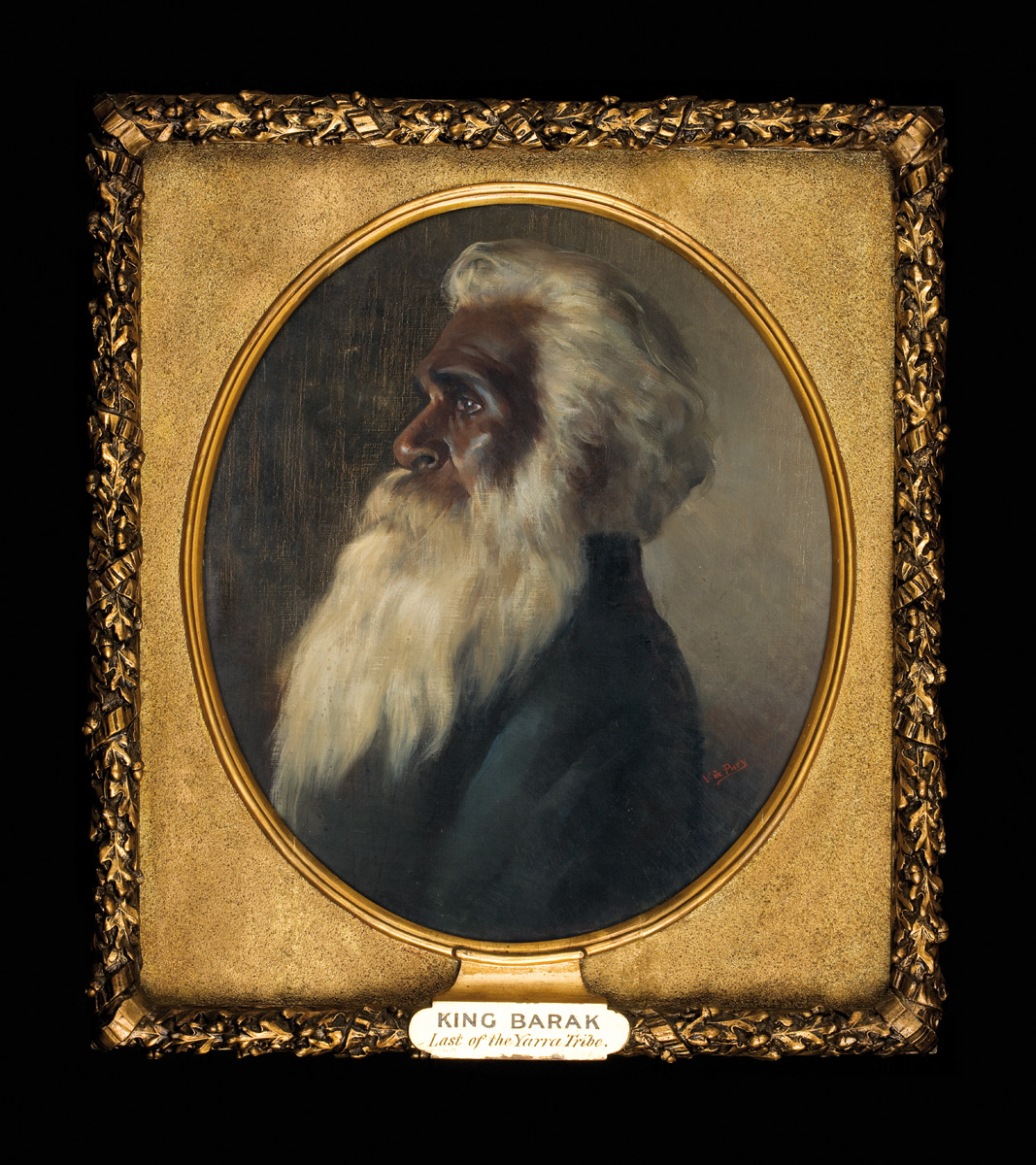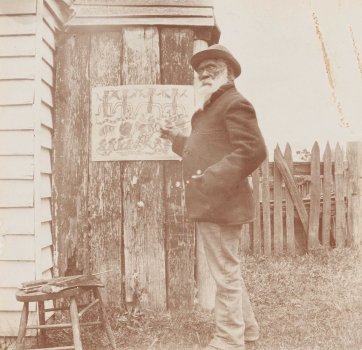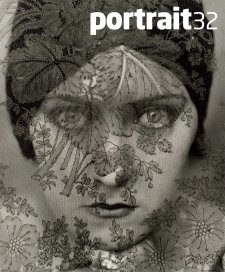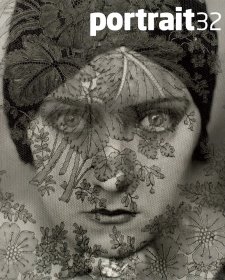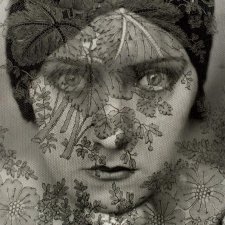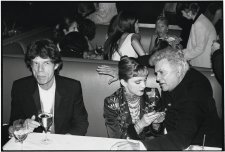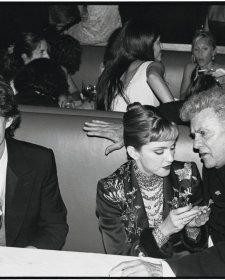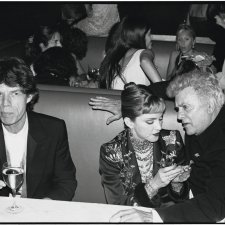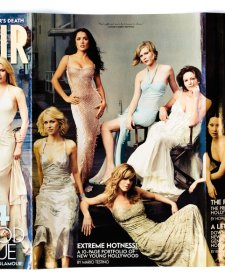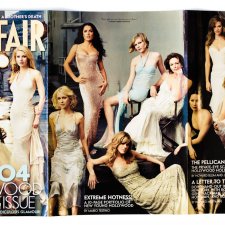The powerful portrait of Wurundjeri elder William Barak (c.1824-1903) is a highly significant painting within the Gallery’s display of portraits from the late nineteenth century. Painted by Victor de Pury in 1899, the portrait is on loan to the National Portrait Gallery from a private collection.
Bebejan, Ngurungaeta (headman) of the Wurundjeri people and Tooterrie, a Ngurai-illam-wurrung woman, named their son Beruk. He was born at Brushy Creek in the Yarra Valley, Victoria and upon joining the Native Mounted Police in 1844 was given the name William, coupled with the European pronunciation of his name Barak. A leader of the Aboriginal settlement of Coranderrk, Barak was an articulate upholder of his people’s culture and rights. The Coranderrk Aboriginal station was established in 1863 by the Board for the Protection of Aborigines, at a site chosen by Wurundjeri elders Barak and Simon Wonga. The population of forty Aboriginal people from southern and central Victoria quickly grew to over 100 within two years, and the settlement’s success in farming resulted in several attempts by the government to relocate its residents elsewhere. Barak was instrumental in petitioning the Victorian government to retain the settlement in 1875 and 1876.
Barak was a skilled artist. His drawings, collected by museums in Europe and Australia, reflect his unique visual language and act as a powerful record of his culture. Important collections of Barak’s work are held by museums in Neuchatel, Switzerland; and Berlin and Dresden, Germany. Barak was one of several Indigenous artists who welcomed the opportunity to experiment with new materials including watercolour and gouache, often integrating them with ochres and charcoal. Barak’s drawings were purchased by visitors to Coranderrk, or given as gifts. His drawings mainly depicted ceremonies – traditional performances were often discouraged at the Coranderrk settlement.
Barak was often invited to the homes of local families and he became a good friend of the Swiss wine-making de Pury family. Guillaume de Pury was a supporter of justice for Indigenous people and his son Victor (1873-1961) painted this portrait as a sign of the de Pury’s respect and affection for Barak.
The title of the portrait King Barak, last of the Yarra Tribe refers to the conferring of the designation of ‘King’ by Europeans to recognise the leadership status of Aboriginal men, often used for political reasons. Barak was companion to three wives, and father to three children, all of whom he outlived. His family line continues through the descendants of his sister Annie Borate. On the occasion of an exhibition of Barak’s drawings at the National Gallery of Victoria in 2003, senior elder of the Wurundjeri people, Joy Wandin Murphy AO, spoke about the portrait of Barak, her great-great-uncle: ‘When I look at the King Barak portrait I see my uncle as a proud and strong Indigenous Australian man. I also see deep buried sadness.’
The inclusion of Victor de Pury’s portrait of William Barak in the Gallery display assists the Gallery in telling richly-textured stories of encounter, negotiation and friendship between the first Australians, settlers from elsewhere, and the children of settlers born on Australian soil.
